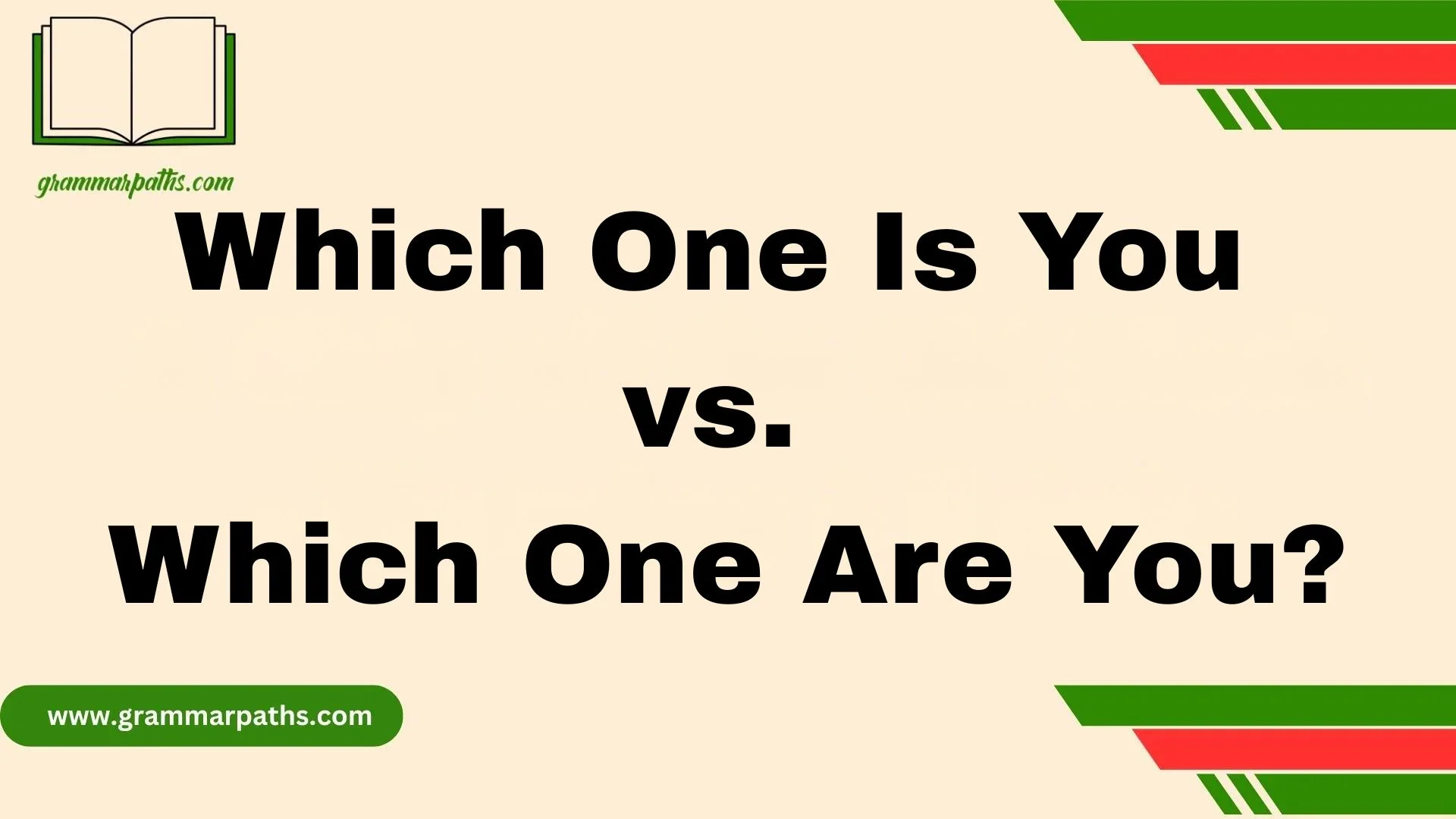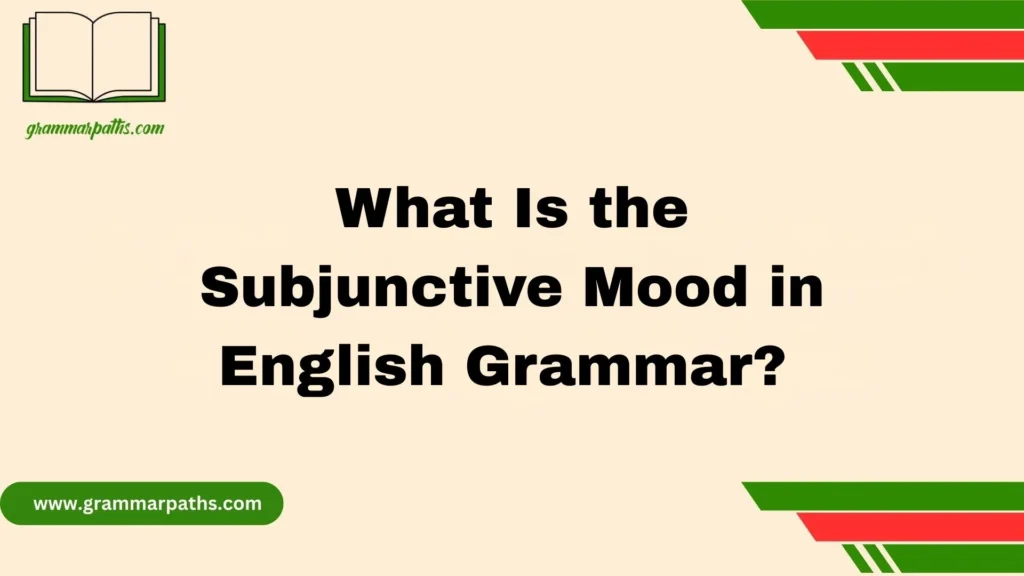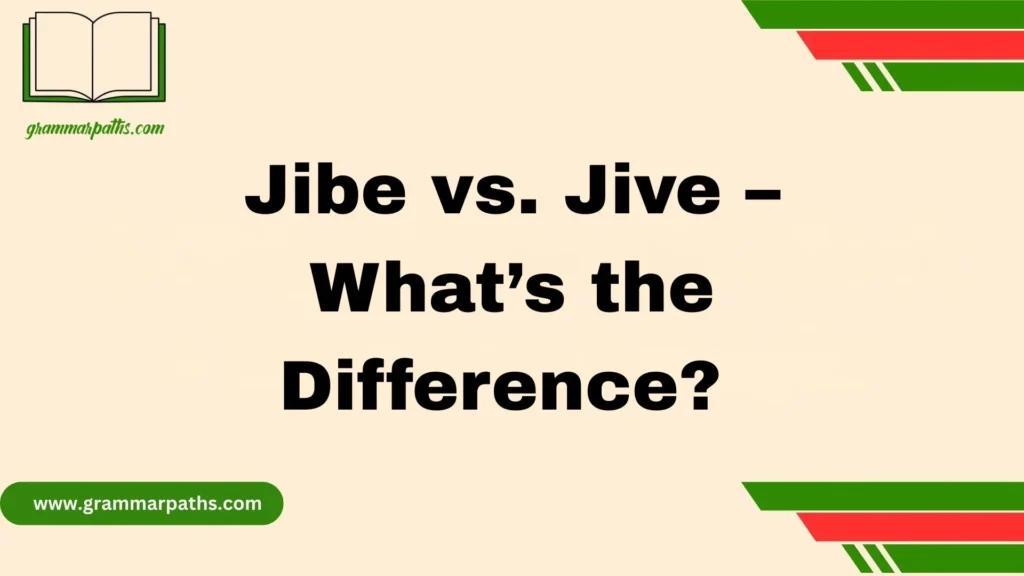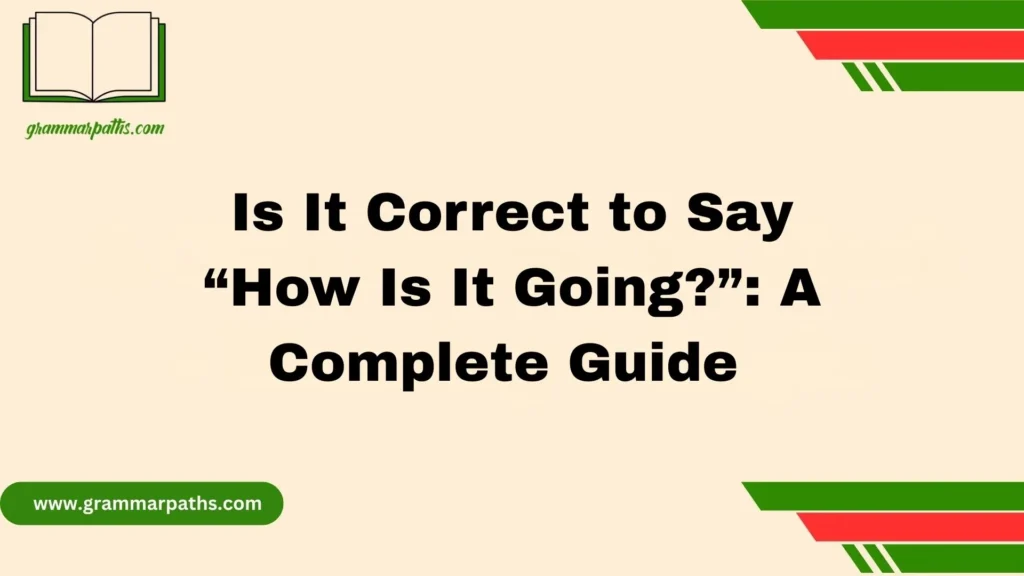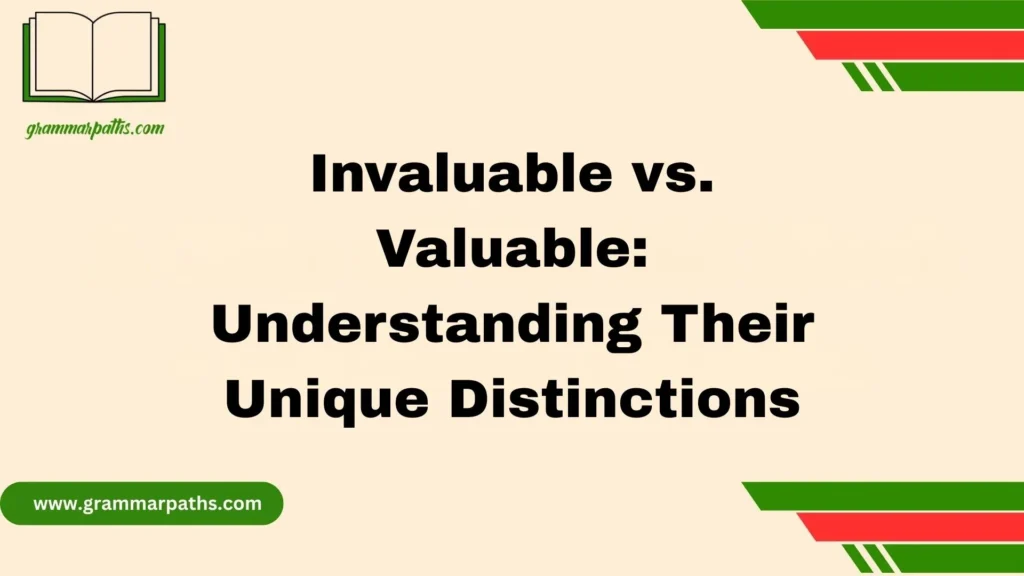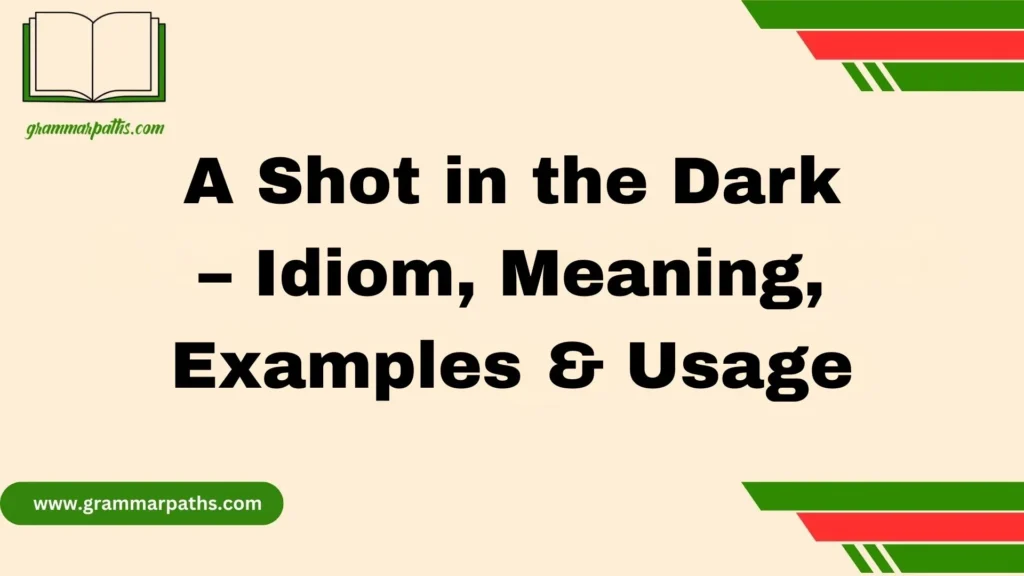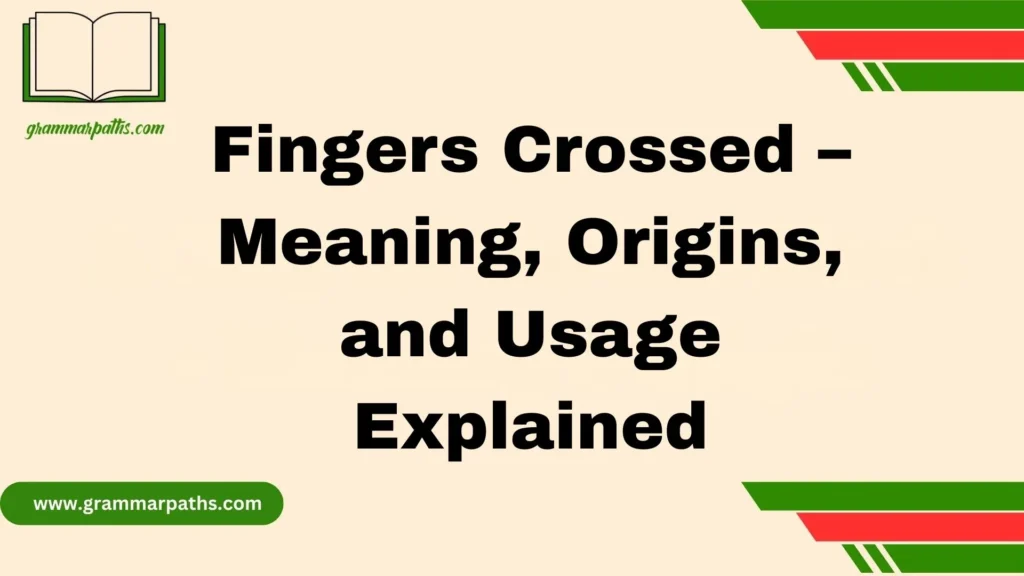I once had a group of friends chatting online, and someone was struggling to choose the right phrase. They would type fast, then pause, and wonder if their grammar and tone made the conversation clear enough. This happens often when deciding between which one is you and which one are you. Even though they sound similar, they have a different meaning, and knowing when to use each is crucial. This article, Which One Is You vs. Which One Are You? , helps learners and teachers understand how to match the setting, whether professional, formal, or casual, to send the right message.
In the world of language lessons, I’ve seen learners stuck deciding between phrases, unsure which sounds polite, correct, or right in a conversation. In my classroom, tutors and teachers often use practical examples to guide language learners. With easy explanations, examples shown, and similar concepts explained, students grasp the idea, learn faster, and understand how context changes the phrase. This insight helps learners pick the right phrase confidently, without hesitation.
Why Does “Which One Is You?” vs. “Which One Are You?” Confuse So Many People?
English can be tricky, especially when pronouns and verbs team up in unexpected ways. The confusion between “is” and “are” when paired with “you” shows up often. Even native speakers sometimes pause before deciding what sounds right.
Imagine this: You’re looking at a group photo, and you want to know who someone is. Do you ask, “Which one is you?” or “Which one are you?”? At first glance, both might seem okay, but only one follows the grammar rules. Yet, in casual conversations, people might use either.
Why does this happen? It boils down to how English treats “you” as a plural form grammatically, no matter if you’re talking to one person or many. However, sometimes, especially in informal speech, grammar rules bend a little.
Getting this right makes your English sound sharper, more natural, and helps you avoid awkward moments—whether chatting with friends, writing emails, or watching your favorite TV show.
The Core Difference Between “Is” and “Are” in English Grammar
To understand the problem, you must first know the basic grammar behind “is” and “are.”
- “Is” pairs with singular subjects (he, she, it, or a singular noun).
- “Are” pairs with plural subjects (we, you, they, or plural nouns)
But here’s the twist: “you” always takes “are,” even when referring to just one person. Yes, “you” is grammatically plural!
Subject-Verb Agreement Table
| Subject Pronoun | Verb to Use | Example |
| I | am | I am happy. |
| You (singular) | are | You are my friend. |
| He/She/It | is | She is at school. |
| We | are | We are ready. |
| They | are | They are playing soccer. |
Notice how “you” pairs with “are” no matter what. This is the grammar rule you want to keep top of mind.
When Does “Which One Is You?” Make Sense?
Despite grammar rules, people sometimes say “Which one is you?” and it feels okay—especially in casual speech.
Why? Because the phrase “which one is you?” often functions more like a label or identifier, pointing to a person in a group. It’s as if you’re asking: “Which one is the person who is you?”
Examples Where It Sounds Natural
- Friends at a party: “Which one is you in this Mad group photo?”
- Social media captions: “Which one is you? Tag yourself!”
- Casual conversations: When pointing out someone, you might hear this phrasing.
When It Sounds Awkward
- In formal writing or professional settings, “Which one is you?” sounds incorrect and can confuse listeners or readers.
- When you want to directly ask someone’s identity, stick to the grammatically correct “Which one are you?”
Why “Which One Are You?” Is the Correct, Standard Usage
If you want to follow the rules, “Which one are you?” wins hands down.
This phrase uses “are” because “you” always takes “are.” It’s a direct question asking someone to identify themselves among a group.
Real-Life Examples
- Job interview: “Which one are you on the organizational chart?”
- Classroom: “Which one are you in this project?”
- Online forums: “Which one are you in this discussion thread?”
You’ll find “Which one are you?” is preferred in writing, interviews, and clear communication. It shows you understand and respect grammar rules, helping you sound professional and confident.
Common Mistakes and Misunderstandings with “Is” and “Are” After “You”
Even Americans mess this up sometimes. Let’s list common errors and why they happen.
Frequent Mistakes
- “Which one is you?” used incorrectly in writing or formal contexts.
- Mixing “are” and “is” based on the number of people instead of grammar.
- Confusing “you” as singular and using “is” accordingly.
Why These Mistakes Occur
- English learners often translate directly from languages where “you” is always singular.
- Casual spoken English sometimes bends rules for flow or emphasis.
- Lack of awareness about subject-verb agreement with pronouns.
Quick Grammar Tips to Choose “Is” or “Are” After “You”
To avoid confusion, here are some simple tips:
- Remember: “You” always pairs with “are.”
- Use “which one are you?” when asking someone’s identity.
- Use “which one is…” only when referring to a thing or person identified by a noun, not “you.”
Quick Decision Chart
| Situation | Correct Phrase | Example |
| Asking someone to identify themselves | Which one are you? | Which one are you in this group? |
| Pointing out a person or object | Which one is (noun)? | Which one is the teacher? |
| Informal tag or caption | Which one is you? | Which one is you? (casual) |
How Americans Use “Which One Is You?” and “Which One Are You?” in Daily Speech
Americans tend to lean on “which one are you?” in most situations, but casual speech plays by different rules.
Teenagers and Young Adults
Among teens and young adults, “which one is you?” might pop up more in memes, jokes, and casual talk. It sounds more relaxed, even a little playful.
- Example from social media: “Which one is you when the group gets wild?”
- Texting slang often bends grammar for effect and humor.
Professionals and Formal Settings
In offices, schools, or any professional space, “which one are you?” is the safe bet. It avoids confusion and sounds polished.
Regional Differences
While grammar remains mostly consistent across the US, some regional slang or dialects might occasionally twist the phrase. Still, the standard rule holds true nationwide.
Editing and Proofreading Tips: Spotting and Fixing Errors
If you’re writing, you want to catch this mistake fast. Here’s how:
Spotting Errors
- Look for phrases where “is” follows “you.” That’s a red flag.
- Read sentences aloud. Does it sound natural? If not, revise.
- Use grammar checking tools like Grammarly or Hemingway Editor.
Fixing Mistakes
- Replace “is” with “are” after “you” in questions.
- Double-check subject-verb agreement throughout your text.
Example Fixes
| Incorrect | Correct |
| Which one is you in the photo? | Which one are you in the photo? |
| You is the winner. | You are the winner. |
Beyond Grammar: How to Sound More Natural in American English
Mastering rules is important, but real fluency comes from knowing how people speak in everyday life.
When Native Speakers Break the Rules
Sometimes native speakers bend grammar to add flavor, humor, or emphasis.
- “Which one is you?” can sound like a playful jab or slang among friends.
- These exceptions don’t replace rules but show how language evolves.
Alternative Phrases to Sound Fluent
- “Who are you in this group?”
- “Which person are you?”
- “Point to yourself.”
These keep it clear and natural without risking mistakes.
Quick Reference: Subject-Verb Agreement With “You”
Here’s a handy table to bookmark for quick grammar checks:
| Pronoun | Verb Form | Example Sentence |
| I | am | I am ready. |
| You | are | You are the star. |
| He/She | is | She is here. |
| We | are | We are going. |
| They | are | They are playing. |
Conclusion
Mastering the phrases which one is you and which one are you is more than just memorizing words—it’s about understanding grammar, tone, and context. With the guidance of tutors, practical examples, and clear explanations, learners, teachers, and language beginners can grasp the concept, choose phrases confidently, and make their conversation sound correct whether they’re chatting casually or writing in a professional setting.
FAQs
1. What’s the main difference between “which one is you” and “which one are you”?
Both are grammatically correct. “Which one is you” is used when you don’t know who the person is yet, while “which one are you” is used when the person is present or known in context.
2. Is one of these phrases more polite than the other?
Not exactly. Politeness depends on tone and setting. In a formal or professional message, “which one are you” often sounds smoother and more natural.
3. How can beginners easily remember the correct usage?
A simple trick is to think of subject focus: If you are the subject, use “which one are you.” If which is the subject, go with “which one is you.”
4. Can these phrases be used interchangeably in casual chats?
Yes, in casual conversation with friends, they can be interchangeable, but grammar lessons recommend knowing the difference to sound correct in formal situations.
5. Why do these phrases confuse so many learners?
They sound similar, have subtle differences, and are often not clearly explained in classrooms. Articles, guides, and tutors with practical examples can make them easier to understand.
Bonus: Mini Quiz to Test Your Knowledge
Choose the correct phrase:
- ___ one ___ you in this photo?
a) Which / is
b) Which / are - ___ the winner ___ you?
a) Is / are
b) Are / are - ___ person ___ you in the group?
a) Which / is
b) Which / are
Answers: 1b, 2a (trick: “Is the winner” refers to a singular noun), 3b.

Emma Brooke is a passionate language expert and contributor at GrammarPaths.com, where she helps learners navigate the complexities of English grammar, idioms, and effective writing. With a strong academic background and years of teaching experience, Emma excels at turning tricky grammar rules into simple, practical lessons that readers can easily grasp.
